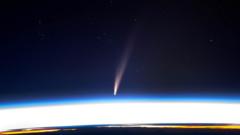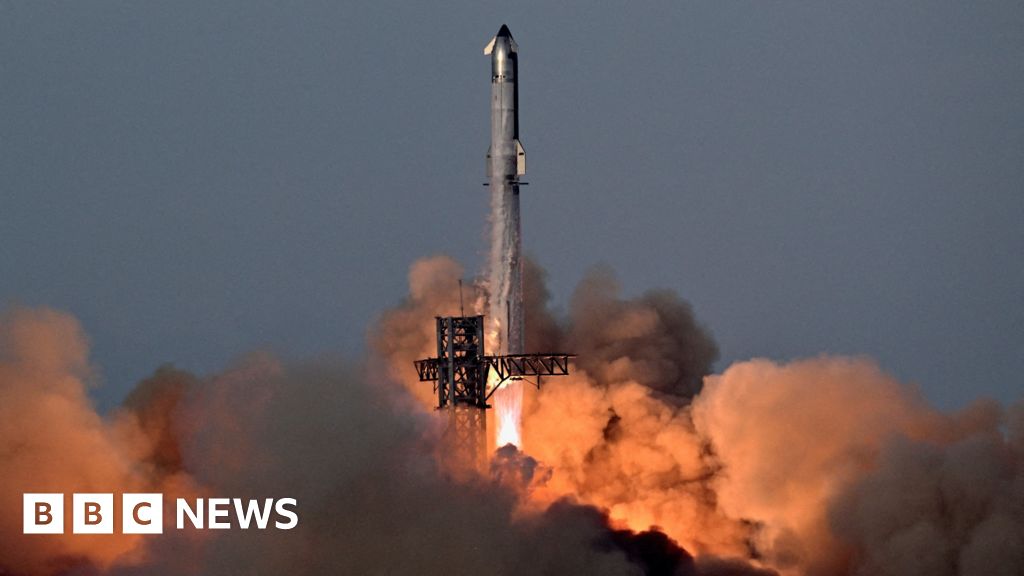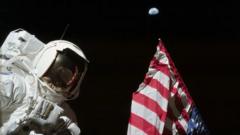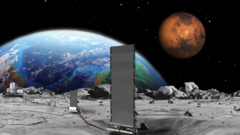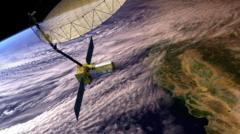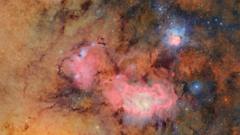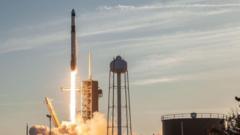A once-in-a-lifetime event is upon us as scientists confirm that the rare comet C/2024 G3 (Atlas) is expected to light up the skies for the only time in an astonishing 160,000 years. Astronomers from NASA have indicated that, while predicting the future brightness of comets can be extremely challenging, this particular celestial body could be bright enough to be observed without the aid of telescopes.
The peak of the comet's visibility occurred on Monday when it reached its perihelion, the closest point to the Sun. Since this proximity affects its luminosity, experts predict that stargazers should be prepared for potential sightings starting the evening of the perihelion. Observations may be most fruitful in the southern hemisphere, where the comet is expected to shine prominently – potentially rivaling the brightness of Venus.
Discovered last year by NASA's Asteroid Terrestrial-impact Last Alert System, the comet has a projected trajectory that will see it pass approximately 8.3 million miles from the Sun, categorizing it as a "sun-skirting" comet. Dr. Shyam Balaji, a researcher at King's College London, noted that while some opportune moments for viewing the comet are likely to arise in the days surrounding the perihelion, the unpredictability of comet visibility plays a significant role.
For those in the southern hemisphere, Dr. Balaji recommends looking towards the eastern horizon before sunrise and later to the western horizon after sunset. However, he cautioned that the comet’s brightness is not guaranteed, as forecasts often vary widely, and many comets end up being dimmer than expected.
Observers in the northern hemisphere, including the UK, may face difficulties due to the comet’s positioning relative to the Sun. Checking local weather conditions is advisable for potential sighting locations. Astronomers encourage those wishing to glimpse the comet to seek out dark areas free from light pollution, and binoculars or telescopes may enhance the viewing experience.
Excitement about the comet has transcended professional observations, as NASA astronaut Don Pettit shared a photo from the International Space Station on social media, declaring the sighting as "totally amazing." With anticipation growing for this celestial phenomenon, amateur astronomers and enthusiasts are gearing up for what could be a breathtaking display in the autumn sky.

